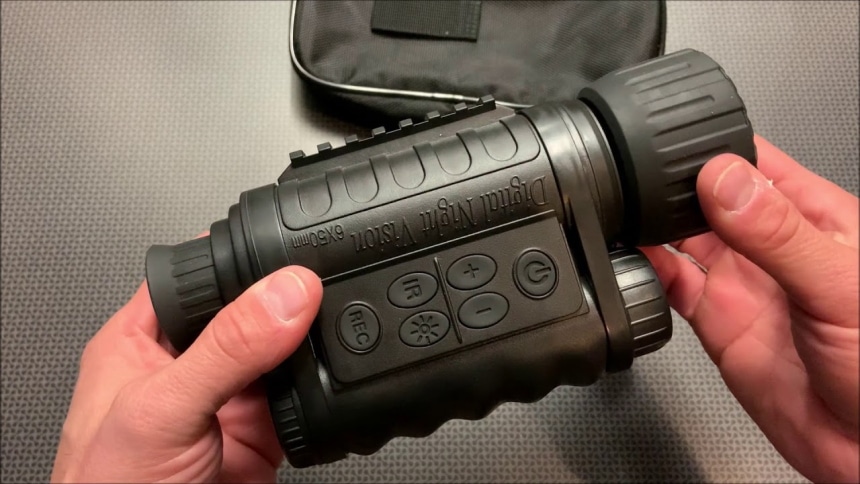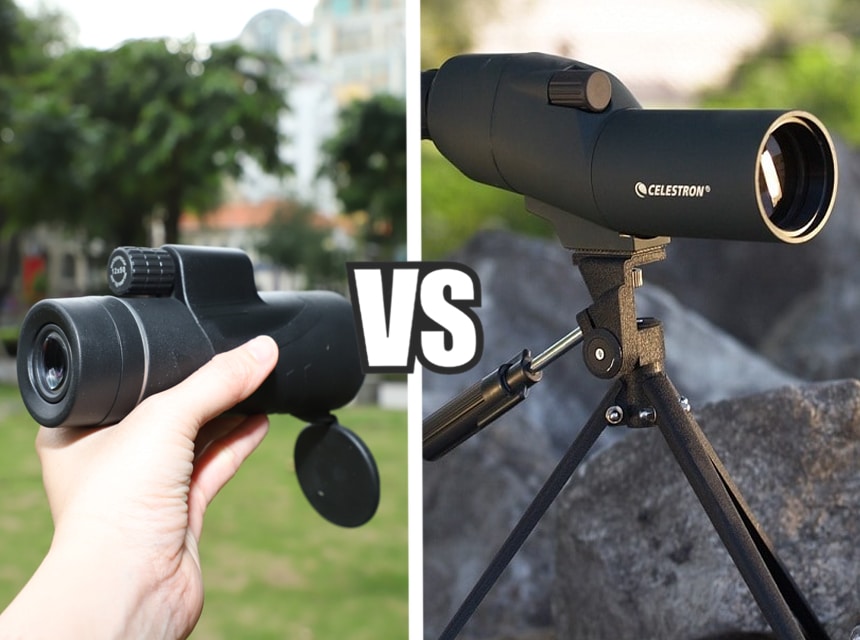

When it comes to handheld tools that help improve the sharpness of human vision over long distances, there are two common ones: binoculars and monoculars. There might be differences in their functionality depending on the manufacturers, but they generally deliver on their basic functions.
There are many differences between binoculars and monoculars, but outlining them would involve dwelling on the technicalities of both tools. That would subsequently detract from our aim: we teach how to use a monocular, not compare the two.
What we can say, though, is that a monocular can be described as being half a binocular in construction. That also means it is used with one eye instead of two (as the name implies). Read on to learn our tips on getting the best from your monocular, including some extra ideas on protecting and storing it.
There’s not much involved in using a monocular; however, you might struggle to get your money’s worth in value if you start looking through without knowing the following things.
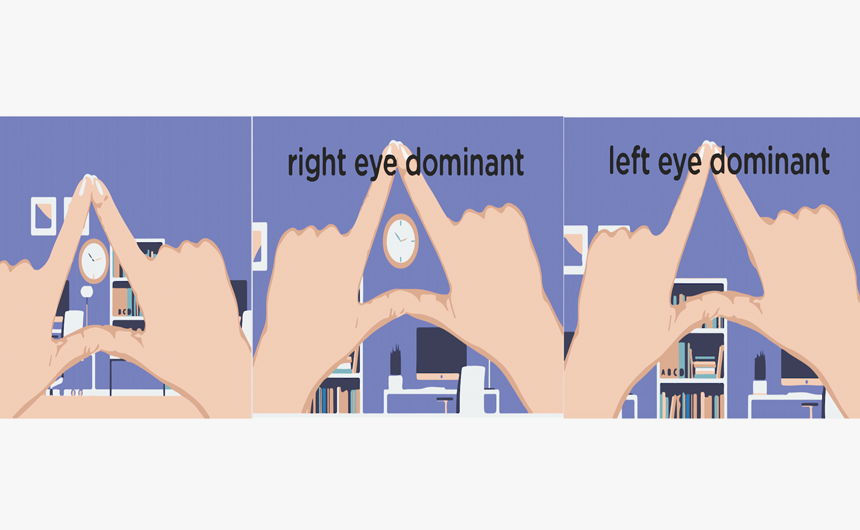
The first tip to take note of for looking through a monocular is to use your dominant eye. This is unlike the binoculars where both eyes are used; here, only one can be used, and it should be the stronger one. The question is, which eye is the stronger one?
The answer to this question varies from person to person but don’t be deceived into thinking that your dominant hand or leg determines your stronger eye. Yes, there might be some correlation in the data; it isn’t always correct. The best way to find out this important detail would be to conduct a simple test for dominance. Trusted Source Dominant Eye Test: How to Find Your Dominant Eye Your dominant eye is the one that provides a greater degree of input to the visual part of your brain. www.allaboutvision.com
This is for users who are using glasses as well. Don’t remove your glasses to use your monoculars. Rather wear it and focus because some visual issues would not be solved by using a monocular, and those that can be solved this way would still be accommodated when you focus. Besides, this is better than having to remove your glasses every time you need to see further.
The eye relief of the monocular would, however, be important if you are using glasses. You can conduct some personal research or consult your doctor first, but a monocular with an eye relief of at least 14mm is generally advised for people using glasses.
You should hold the monocular at eye level and close to the eye but not too close to touch. Your hand should be gripping the barrel at an area closer to the ocular lens with your elbow resting on your body to stabilize the arm.
An alternative method of attaining stability would be to grip the wrist of the hand holding the barrel with your other hand. Some users even use both hands to hold onto the monocular though this might be unsuitable when trying to focus.
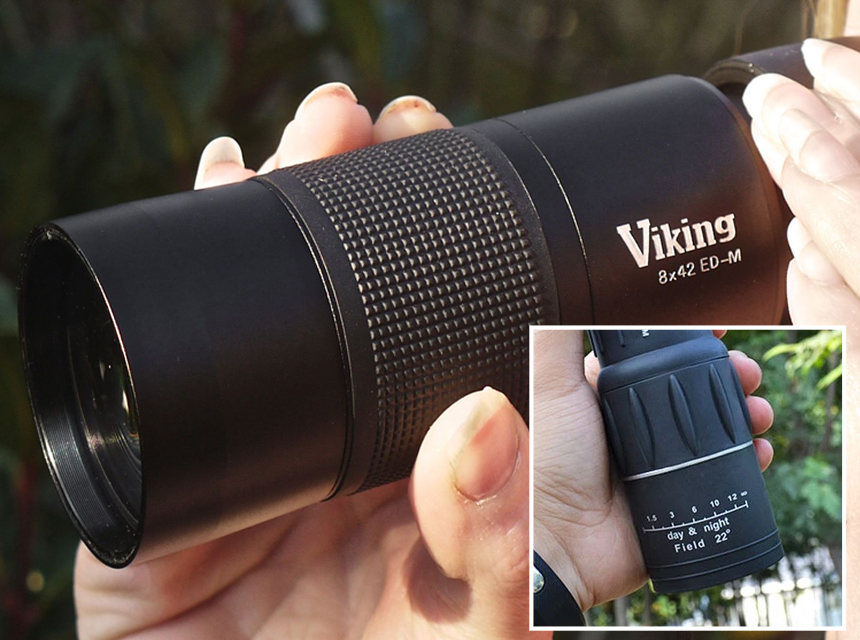
This dial would be rotated to adjust the focus. Other monocular designs might have another mechanism for adjusting their focus, but it is likely to involve rotation. Take note of the direction and if the image is getting blurrier, rotate in the opposite direction. Practicing the adjustment of focus would make you faster and more efficient at using the device.
Unfortunately, simply holding the device in the right way and adjusting the focus is not enough to help you see a moving target properly. Knowing how to eye a target is especially important in bird watching and other hobbies or activities involving a lot of movement.
It might be quite limiting to try locating the object or thing you’re watching with the monocular, especially when the object in question moves around a lot. This is because the field of view of your device would certainly be less than that of your eye.
Therefore, you should use your eye to locate the object and then focus the device. If you lose the target, try finding it by using the other eye or drop monocular to search before picking it up again.
Many of the activities that call for the use of a monocular have to deal with movement. This is one of the benefits of using monoculars compared to spotting scopes. Where spotting scopes might be too bulky to move around while tracking targets effectively, a monocular would allow for easy tracking without changing position or moving the body.
The focus can also be easily adjusted to match changes in position. This will come in handy if the movement of the target is bringing it closer to you or taking it farther away from you.
The advice shared up until now would help you use a monocular right in the most basic situations. However, the following indicates the true distance of a target relative to yours, helping to better assess distance. Some of the tips to take note of are:
Other little bits of knowledge would become more noticeable with experience with time, and the better the monocular, the better the level of detail. Two fairly priced monoculars that customers have indicated to offer good value are Vortex Solo Monocular and the Celestron 71210 Nature Monocular.
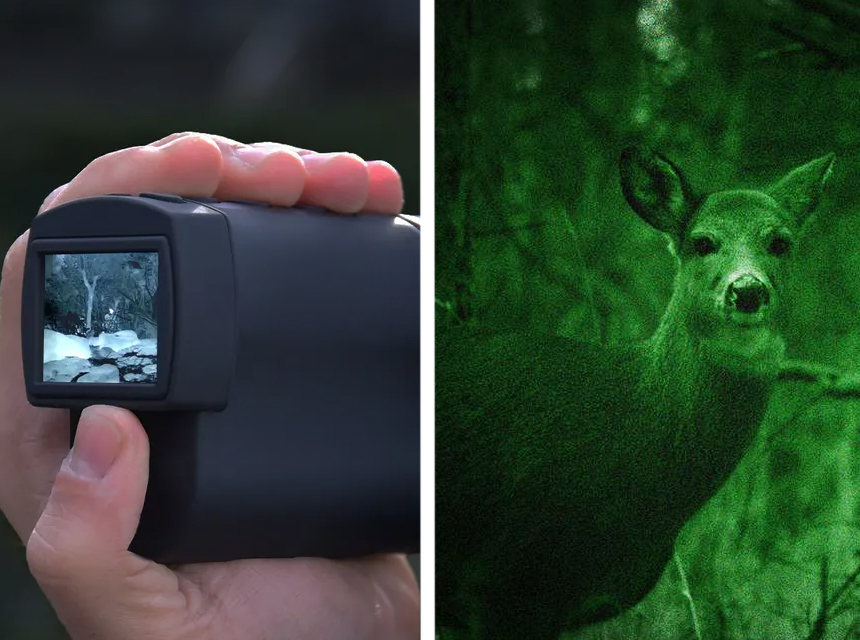
Night hobbies cannot be carried out using your regular device, and you’d need a night vision monocular for them. These types of monoculars most commonly make use of infrared technology Trusted Source How does night vision work? - Explain that Stuff Even at night, the photons that hit the lens at the front of night vision goggles are carrying light of all colors. But when they are converted to electrons, there’s no way to preserve that information. Effectively, the incoming, colored light is turned into black and white. Why, then, don’t night vision goggles look black and white? The phosphors on their screens are deliberately chosen to make green pictures because our eyes are more sensitive to green light. It’s also easier to look at green screens for long periods than to look at black and white ones (that’s why early computer screens tended to be green). Hence, night vision goggles have their characteristic, eerie green glow. www.explainthatstuff.com , and the following tips would increase their effectiveness and longevity:
We know how monocular works and how its use can be optimized, but what of the when? For instance, a monocular can be used intermittently when:
On the other hand, the binocular is not suitable every time. For starters, we emphasized intermittently above because it’s not practical to affix your eye to a distant target and forget your surroundings. That said, the monocular should not be used when:
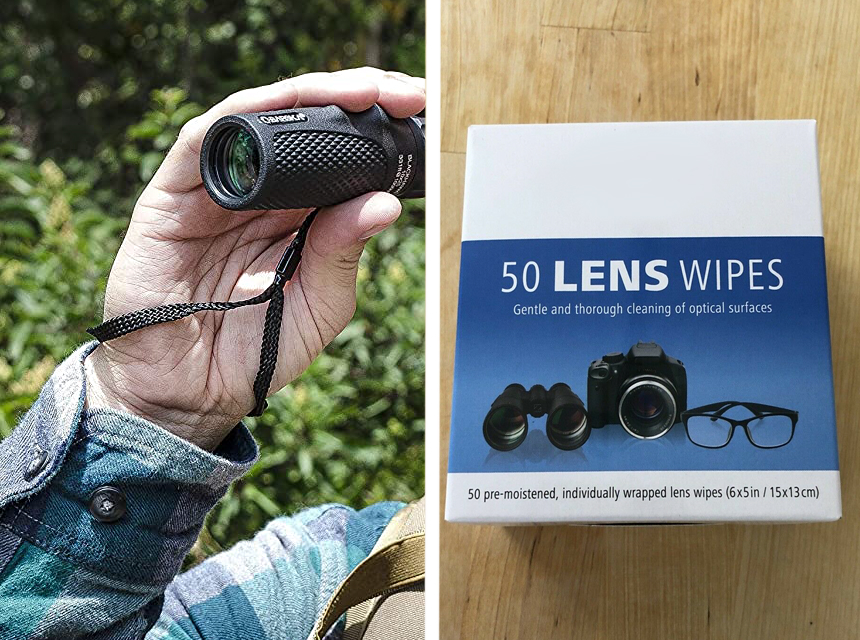
When handling any device, tool or appliance, knowing how to use it is important to access the full range of functionality, but knowing how to store and maintain it would guarantee its longevity. The same goes for even the best monoculars, and the following ideas should be useful in this regard:
Monoculars are convenient alternatives to binoculars, but without a proper understanding of how to use the device, the offered convenience could be seen as a limitation rather than an advantage. This article is our way of ensuring that you are well placed to enjoy whatever experience you need the device for.
In this regard, we have come a long way; your grip should be right, and you should know how to use a monocular. However durable your monocular might seem, though, extra care would make it even more so. In this light, rather than just reading this piece for the sake of doing so, we hope you move on with the sort of knowledge that informs you and saves you a few bucks in replacement fees.


